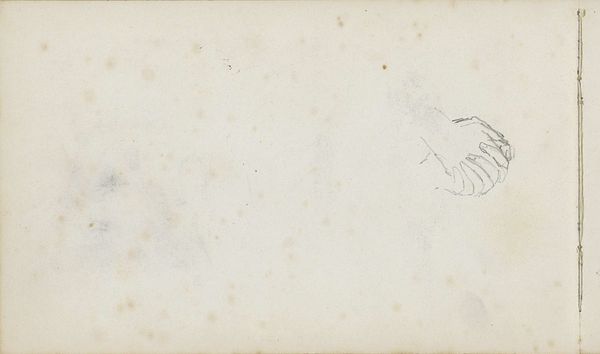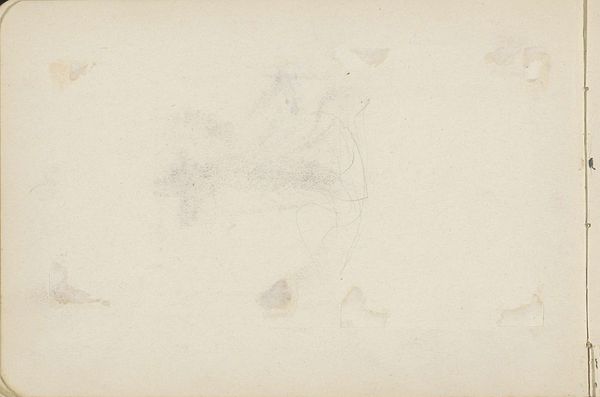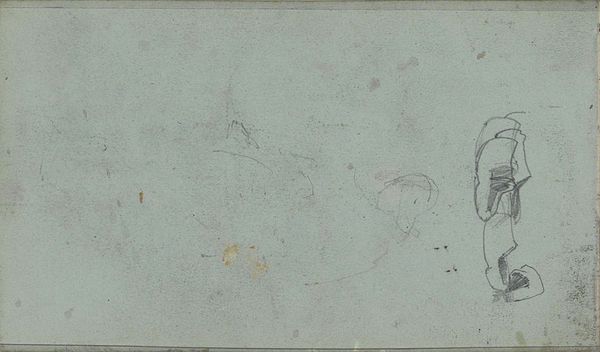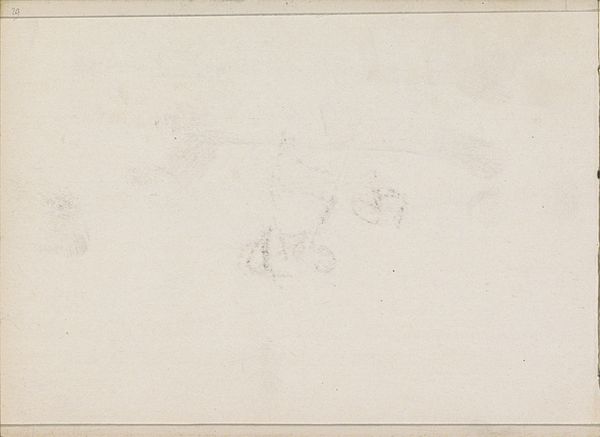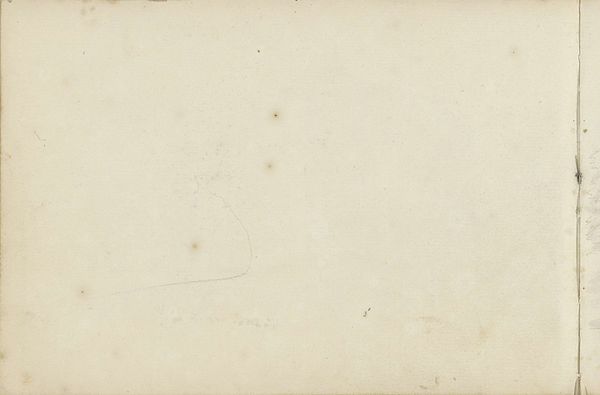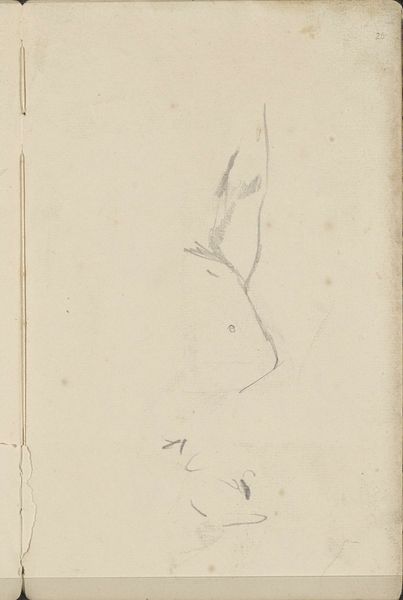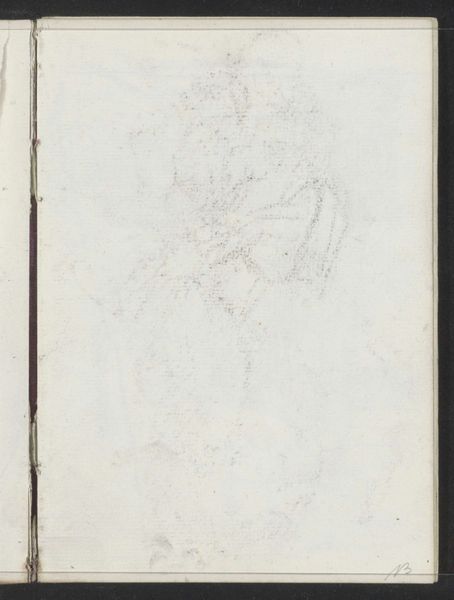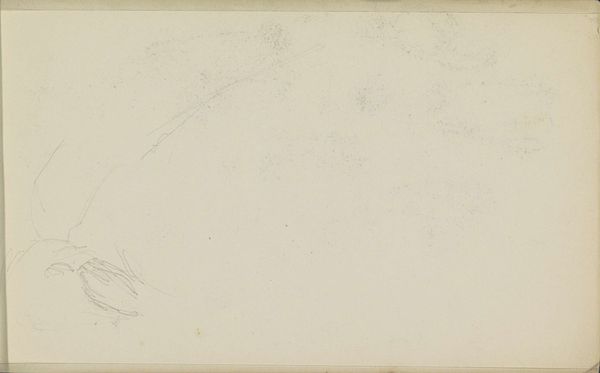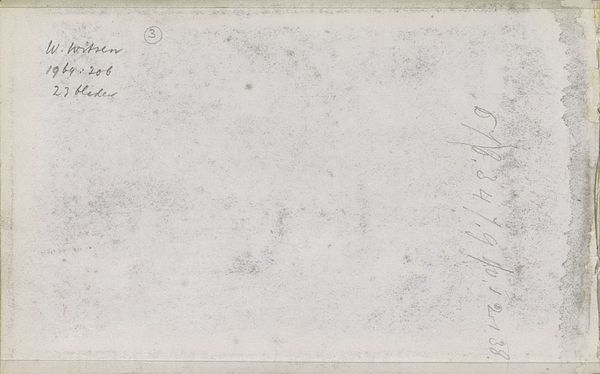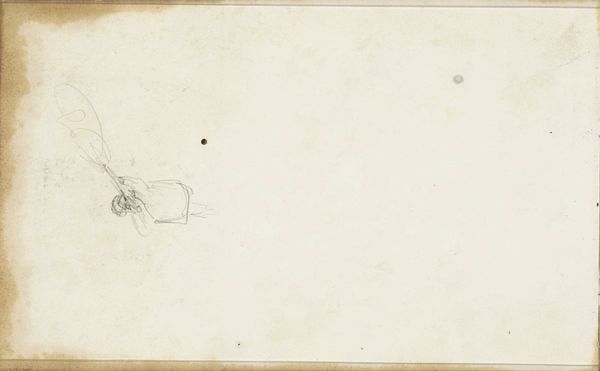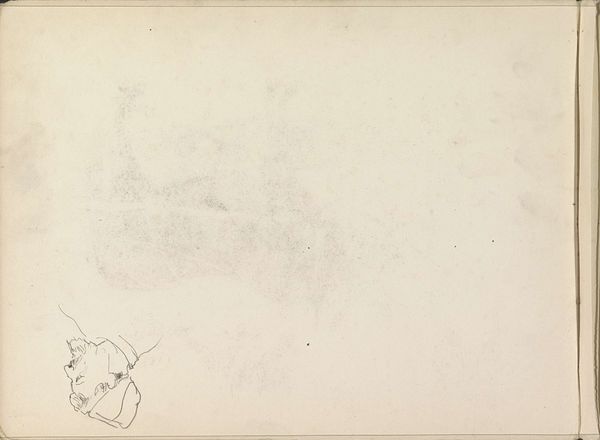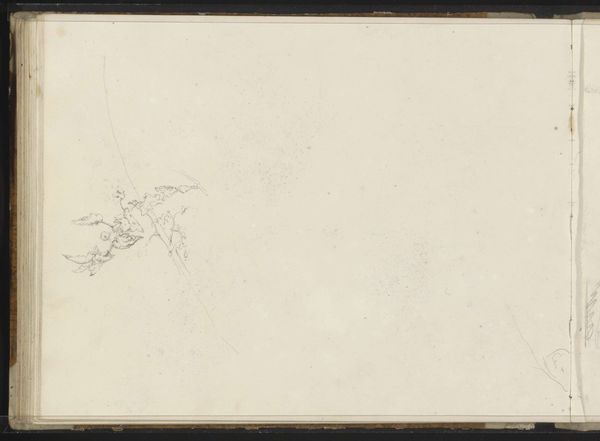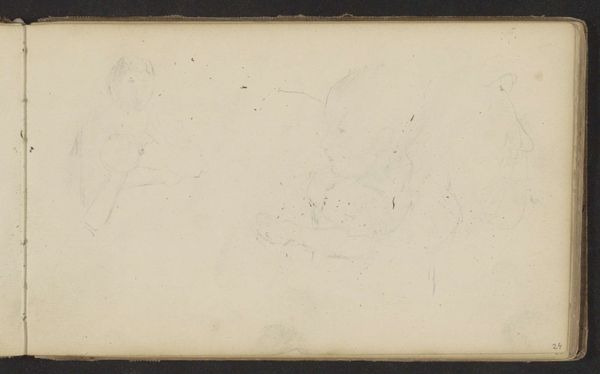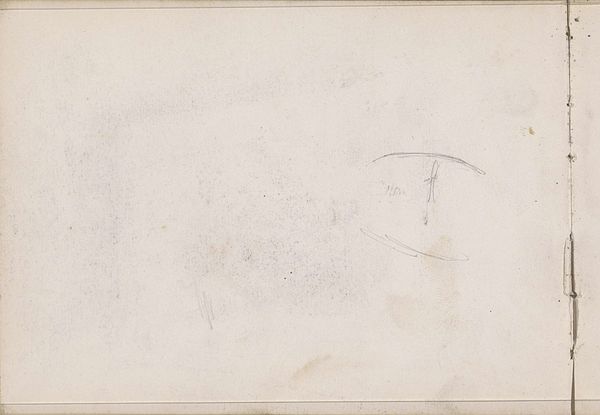
drawing, paper, pencil
#
drawing
#
baroque
#
landscape
#
paper
#
pencil
Copyright: Rijks Museum: Open Domain
Editor: This delicate pencil drawing, "Boom," dating from sometime between 1717 and 1748, is currently housed in the Rijksmuseum, and was made by Abraham de Haen the Second. The starkness of the lonely tree makes me think of resilience, like a witness standing through generations. What cultural echoes do you hear when you see this piece? Curator: The lone tree, rendered so minimally, speaks volumes. Notice the careful etching of the branches, almost like veins. Think about trees in folklore: often, they represent ancestral connections, knowledge passed down, or a sacred space. Do you think de Haen was just capturing the landscape or something deeper? Editor: It could be both, couldn’t it? Like, what do you mean by something deeper? Curator: Well, in the Baroque period, the Dutch landscape wasn’t simply about topographical accuracy; it also served as a carrier of national identity and moral lessons. The Dutch Republic had just gained independence. Trees symbolized rootedness in one’s land, continuity, perhaps even defiance. I wonder what he wanted people to consider in their relation to their native soil. What does the barren land surrounding the tree make you consider? Editor: Ah, I see. So the drawing is both about a tree and about the viewer’s connection to the land it's on. The land looks like the tree is surviving against all odds. Curator: Precisely. It becomes an emblem. Perhaps for endurance through periods of upheaval or loss, for bearing witness to passing eras. Each line carries layers of cultural memory and emotion. Editor: It’s fascinating how a seemingly simple drawing can hold so many interwoven meanings. I will definitely look at landscape art differently now! Curator: Indeed. And it's precisely the unassuming nature of these drawings that makes their symbolic density so striking. These types of Baroque Dutch landscapes showcase not just artistry, but also the psychological and cultural importance of symbolism itself.
Comments
No comments
Be the first to comment and join the conversation on the ultimate creative platform.
